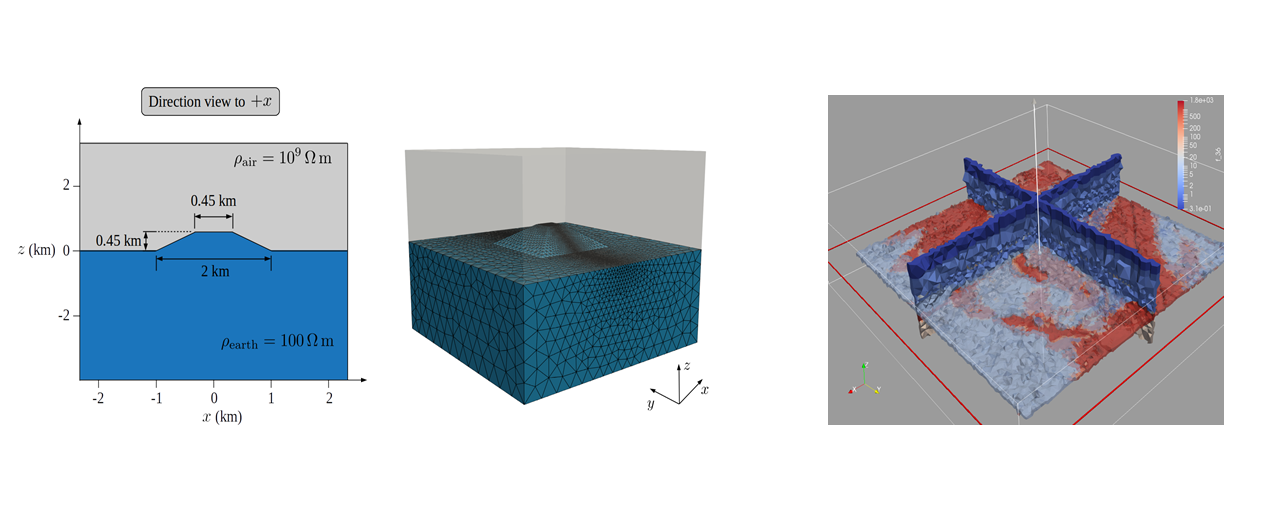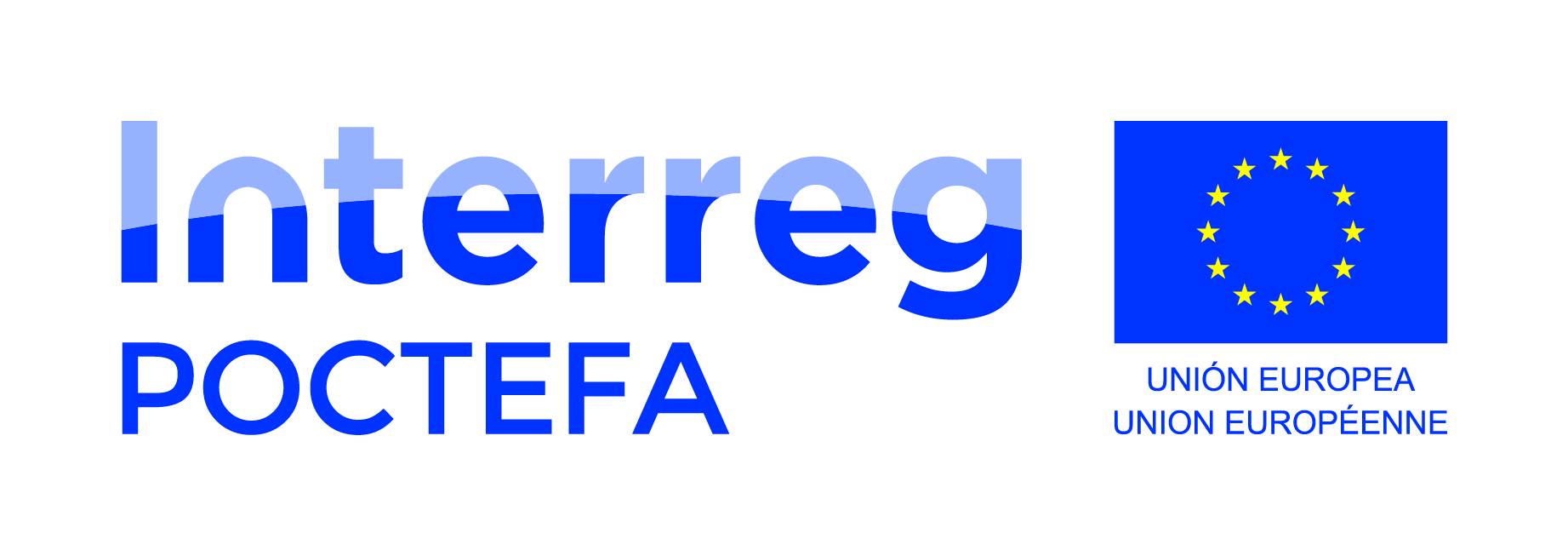
Figure 1. Examples of resistivity models for PETGEM computations
Modeling and inversion of 3D electromagnetic datasets using novel mathematical schemes and cutting-edge massively parallel architectures have a fundamental role in solving the next generation of geoscience problems. In real-life setups, these problems are complex and computationally expensive. A multidisciplinary collaboration strategy is key to understanding and solving the physical equations, pre-process and post-process the associated data with physical experiments, and building interpretations from the analysis of the obtained numerical results.
In the scope of the PIXIL project, researchers of the Barcelona Supercomputing Center (BSC) have collaborated with the University of Barcelona (UB) to develop and validate a new version of the PETGEM, which is a parallel routine for modeling of electromagnetic data in the context of exploration geophysics. The latest release supports active-source (e.g., controlled-source electromagnetic method) and passive-source (e.g., magnetotelluric method) EM methods.
The philosophy of the PETGEM code is based on the fact that the Earth’s subsurface holds natural resources fundamental for regional development. Obtaining accurate images of water, mineral, and energy sources deep below the surface is a crucial step for their management and exploitation. Geophysical imaging allows us to obtain detailed maps of the Earth’s interior. This is achieved by analyzing the deformations and electromagnetic (EM) fields measured at the surface. PETGEM focuses on detecting and characterizing geothermal reservoirs (and other valuable resources) based upon EM methods and High-performance Computing (HPC). This tool provides key information to reduce ambiguities in interpreting geophysical datasets through mapping conductivity variations in the subsurface. Based on cutting-edge numerical methods, the PETGEM workflow has been proven to be a flexible, accurate, and efficient large-scale scheme for the solution of realistic test cases in marine and land contexts.
Furthermore, regarding computational implementation, BSC researchers have started a collaboration with the PETSC library developers. The main objective is to exploit the unstructured mesh support in PETSc to solve large-scale geophysical electromagnetics problems. These two efforts are expected to have a robust, efficient, and flexible geophysical electromagnetics modeler.



